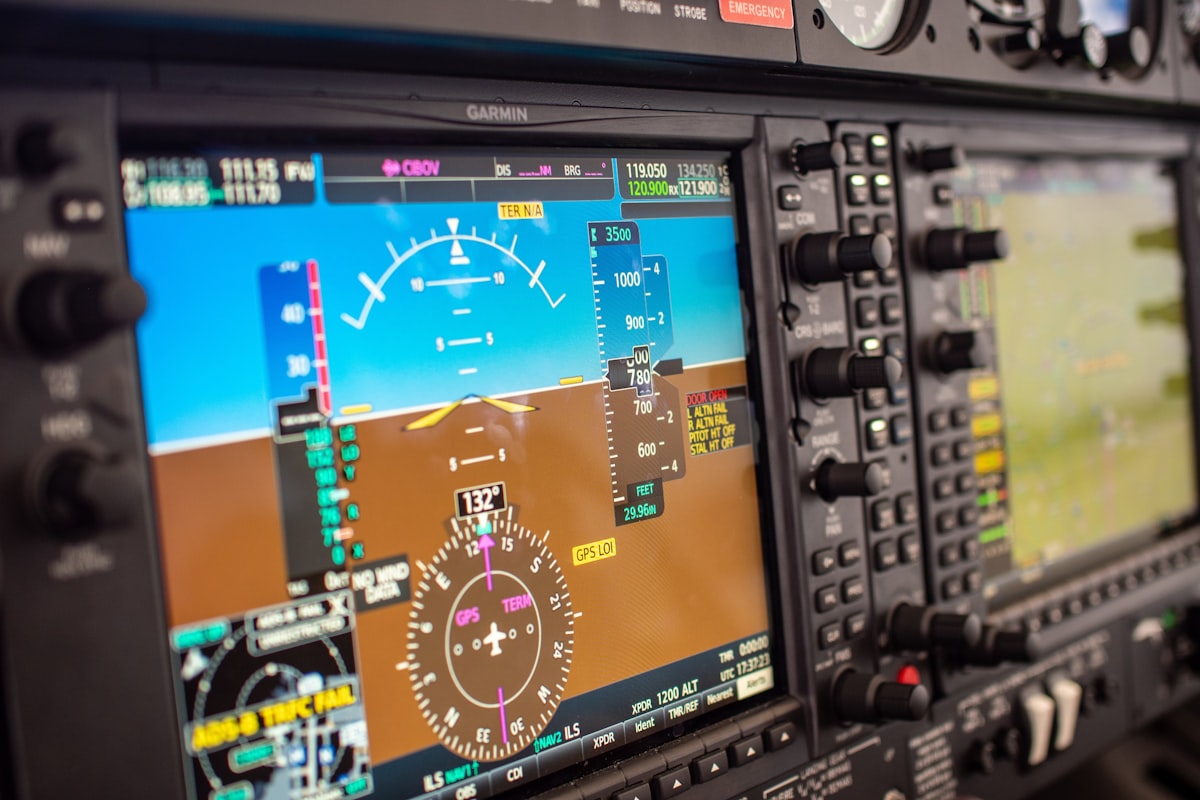Weight and Balance Calculator
Understanding Weight and Balance Calculators
Pilots need to ensure their aircraft is properly balanced before taking off. The weight and balance calculator is a vital tool in this process. It helps calculate the distribution of weight in an aircraft to ensure safe flying conditions. Incorrect weight distribution can lead to loss of control, impacting safety.

Why Weight and Balance Are Crucial
Proper weight and balance ensure the aircraft operates efficiently. When an aircraft is loaded, both the weight and its distribution can impact the center of gravity. Maintaining the correct center of gravity improves maneuverability and reduces the risk of accidents. Exceeding the weight limits can compromise aircraft structure and performance.
The Basics of Weight and Balance
The aircraft’s center of gravity is the point where it balances if suspended in the air. Pilots use specific reference points and mathematic calculations to determine this. The weight includes the aircraft itself, fuel, passengers, and cargo. Each item must be within allowable limits to prevent adverse effects on flight dynamics.
How a Weight and Balance Calculator Works
The calculator uses input values to determine if the aircraft’s weight and center of gravity are acceptable. Pilots enter information such as aircraft weight, arm (distance from the datum), and moment (weight multiplied by arm). Using these, the calculator checks against the aircraft’s limitations.
Modern weight and balance calculators often come as software or apps. They simplify the process by automating the mathematical part, providing instant feedback to pilots. This reduces the chance of human error.
Key Components in Calculation
Several elements are essential for these calculations:
- Basic Empty Weight (BEW): The weight of the aircraft with all operational equipment, unusable fuel, and oil.
- Maximum Takeoff Weight (MTOW): The maximum allowable weight for takeoff.
- Useful Load: The weight of passengers, baggage, and usable fuel that can be added to the BEW.
- Arm: The distance from the reference point (datum) to each weight position.
- Moment: Calculated by multiplying the weight by its arm.
Performing Manual Calculations
In some situations, pilots may need to perform calculations manually. Here is the basic process:
- Add the weights of all items (passengers, cargo, fuel) to obtain the total weight.
- For each item, determine the arm from the datum.
- Calculate the moment for each item (Weight x Arm).
- Sum the moments and divide by the total weight to find the center of gravity.
Using Digital Tools
Digital weight and balance calculators simplify this process. They allow pilots to input weight and arm values quickly, displaying the center of gravity and confirming if the aircraft is within limits. These tools update calculations in real-time as variables change, such as fuel burn during flight.
Some advanced calculators integrate with flight planning software, providing a comprehensive tool for managing weight and flight performance. These calculators can also store historical data, aiding in analytics and maintenance planning.
Aircraft Load Sheets
Load sheets are crucial for maintaining records. They provide details of weight distribution and balance for each flight. Pilots use them to verify that all loadings comply with the aircraft’s limitations. Accurate load sheets are essential for regulatory compliance and safety checks.
Handling Different Aircraft Types
Weight and balance calculations vary between aircraft types. Each aircraft has unique limits and configurations affecting calculations. Light aircraft, helicopters, and large commercial jets have different procedures. Pilots must be familiar with their specific aircraft’s requirements.
Training and experience also play a role in mastering weight and balance. Pilots must practice using calculators and performing manual checks regularly. This ensures readiness in different operational scenarios and enhances overall safety.
Safety Considerations
Incorrect weight and balance can lead to various safety issues. An overloaded aircraft can have structural damage, reduced performance, and increased fuel consumption. Improper center of gravity can affect controllability, particularly during critical phases like takeoff and landing.
Pilots must always adhere to weight limits and conduct thorough checks. Even small discrepancies can pose significant risks. Routine maintenance checks also ensure the accuracy of weight and balance data.
The Future of Weight and Balance Tools
As technology advances, weight and balance tools will continue to evolve. We can expect more integration with aircraft systems, enabling real-time monitoring and adjustments. Enhanced software solutions will offer predictive analytics, helping pilots and engineers make more informed decisions.
These advancements will further reduce human error and enhance aviation safety. Continuous training and familiarization with new tools will be essential for pilots and aviation professionals.




Subscribe for Updates
Get the latest articles delivered to your inbox.
We respect your privacy. Unsubscribe anytime.